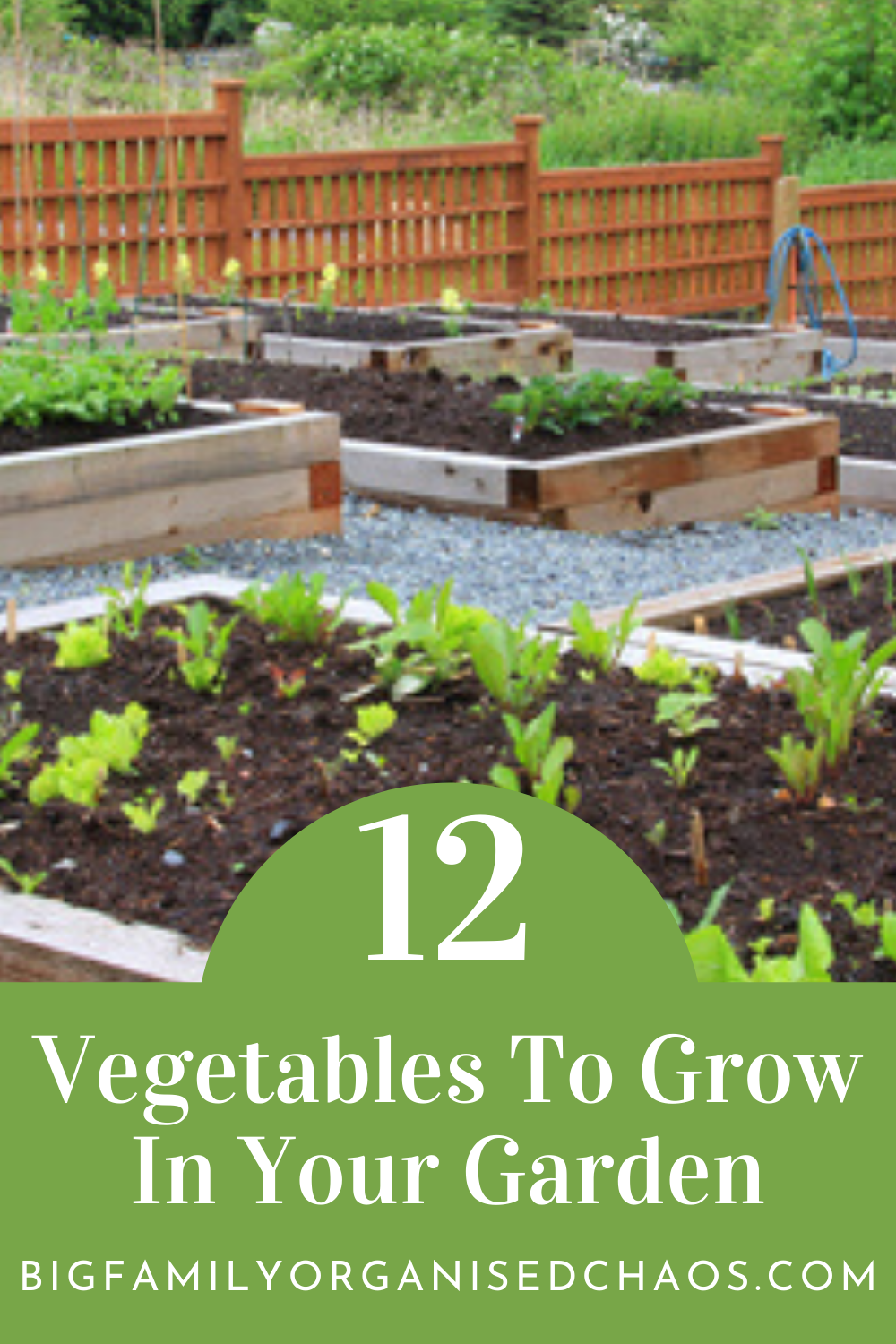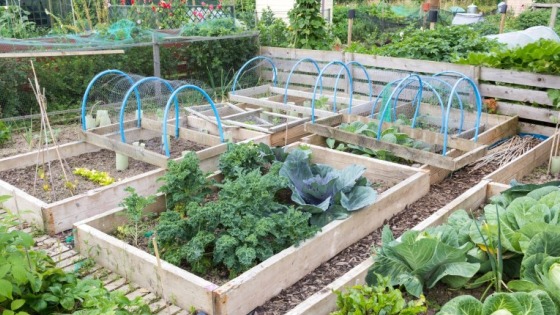Thinking about starting a garden to save money, or worried that the longer life stays as it is, the less fruit and veg will be available, add inexpensive organic vegetables to your menu, or simply provide a fun, educational project for children? You’re not alone many households I have spoken to are planning to sow a vegetable garden this year!
Its also a great way to get the kids out in the garden, and maybe teach them a new skill, such as making a garden obelisk
12 of the best garden vegetables to grow in the late spring
Broccoli
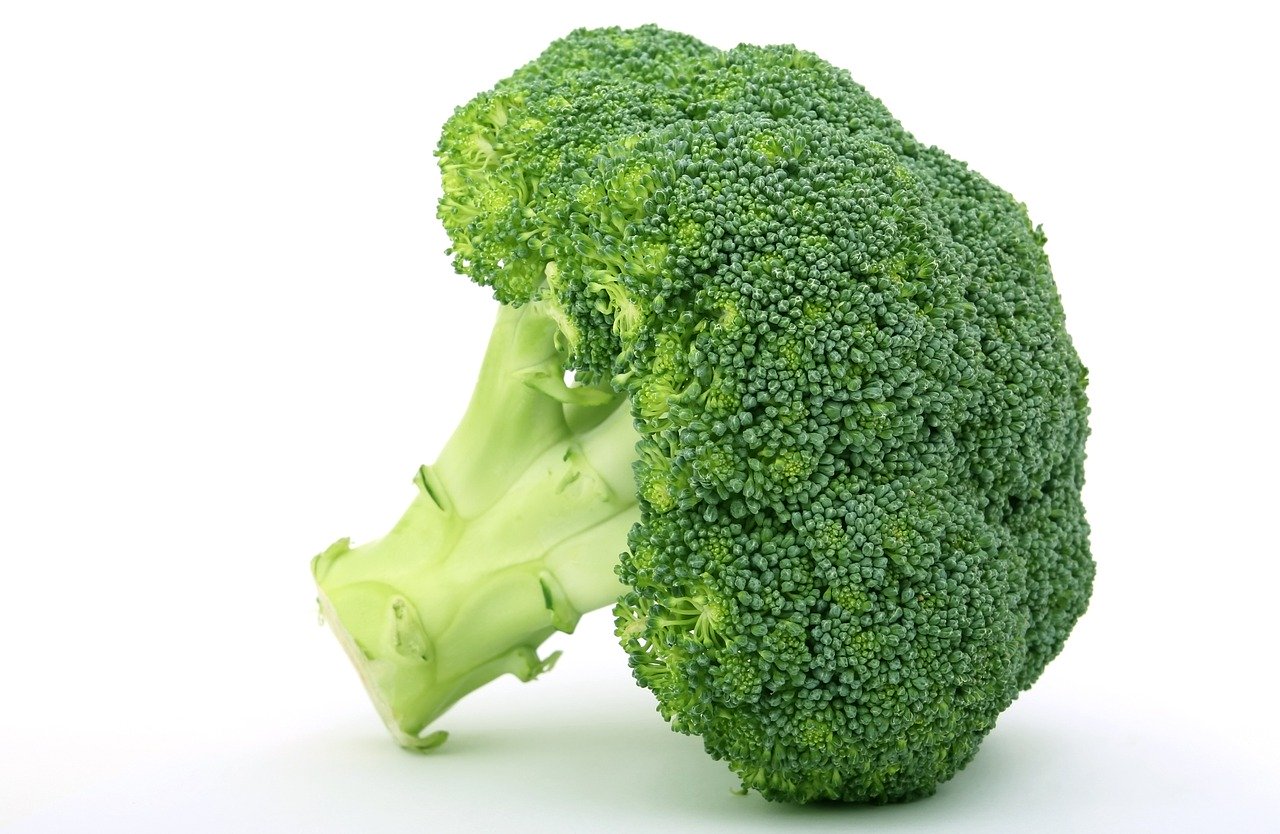
Buy Calabrese broccoli seeds. It’s the type of broccoli found year-round in supermarkets. Be aware that hungry caterpillars love this plant. To so prevent butterflies from their laying eggs, cover the plants with light plastic netting. Keep them covered until late summer. For optimal growth, make sure the pH of the soil is enriched with lime-6.5 to 7.5 is recommended. The broccoli will be ready about three months after planting.
Carrots
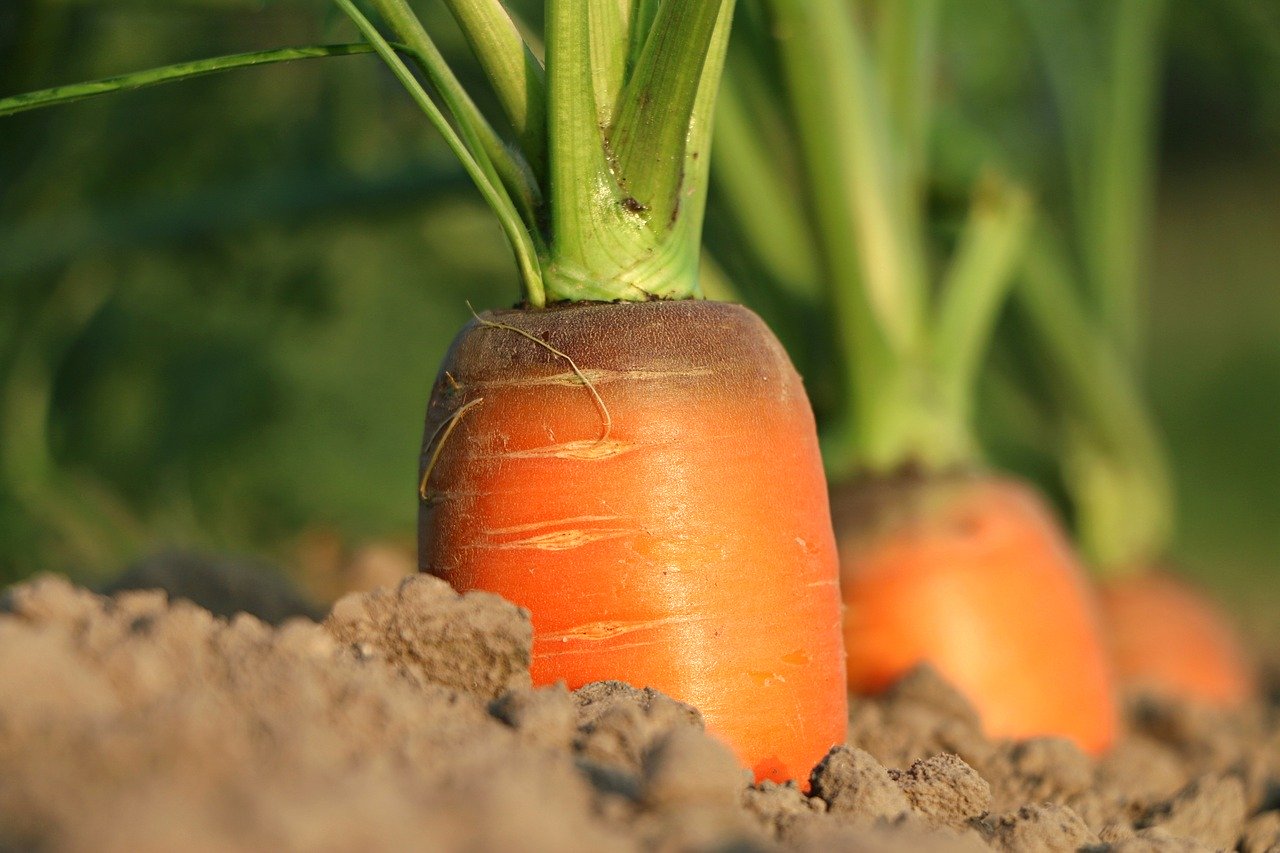
Almost any kind of garden soil will grow carrots. Newbies and urban/suburban gardeners will find more success with the smaller types such as the “Paris market,” Thumbelina,” and “Nantes” varieties. Because the seedlings are weak, make sure the soil is kept moist to permit the sprouts to break through the ground. Smaller carrots take 1 – 3 weeks to germinate. Harvest them when they reach full coloration. Don’t let them stay in the ground for more than several weeks, or they’ll dry out.
Cucumbers
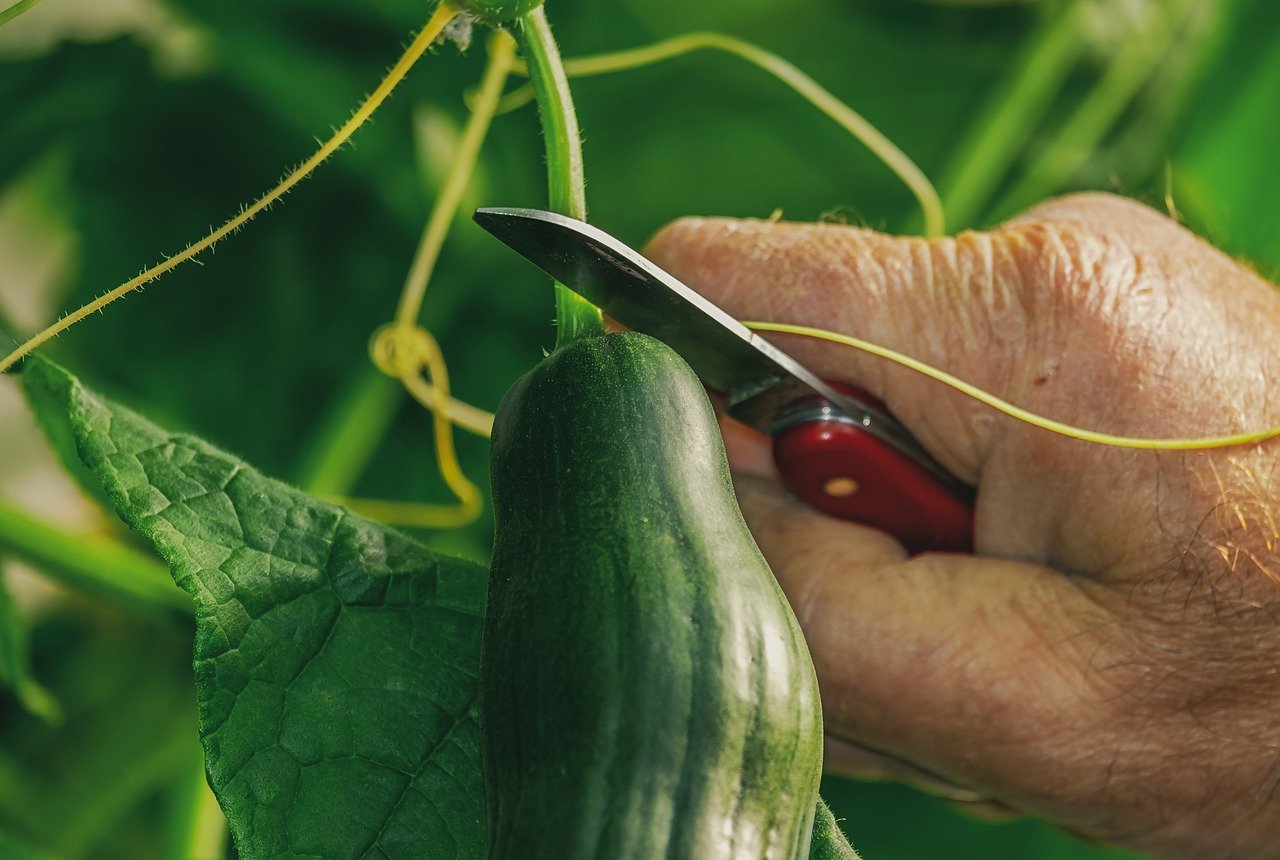
These vegetables need warmth and free-draining soil treated with lime to do well. Drainage is critical to their growth. It’s best to plant mildew-resistant varieties. The American slicing varieties have excellent resistance to mildew and disease. As the vegetable ripens, pick it immediately, so the plant keeps producing. Harvest within two months of planting.
Green beans
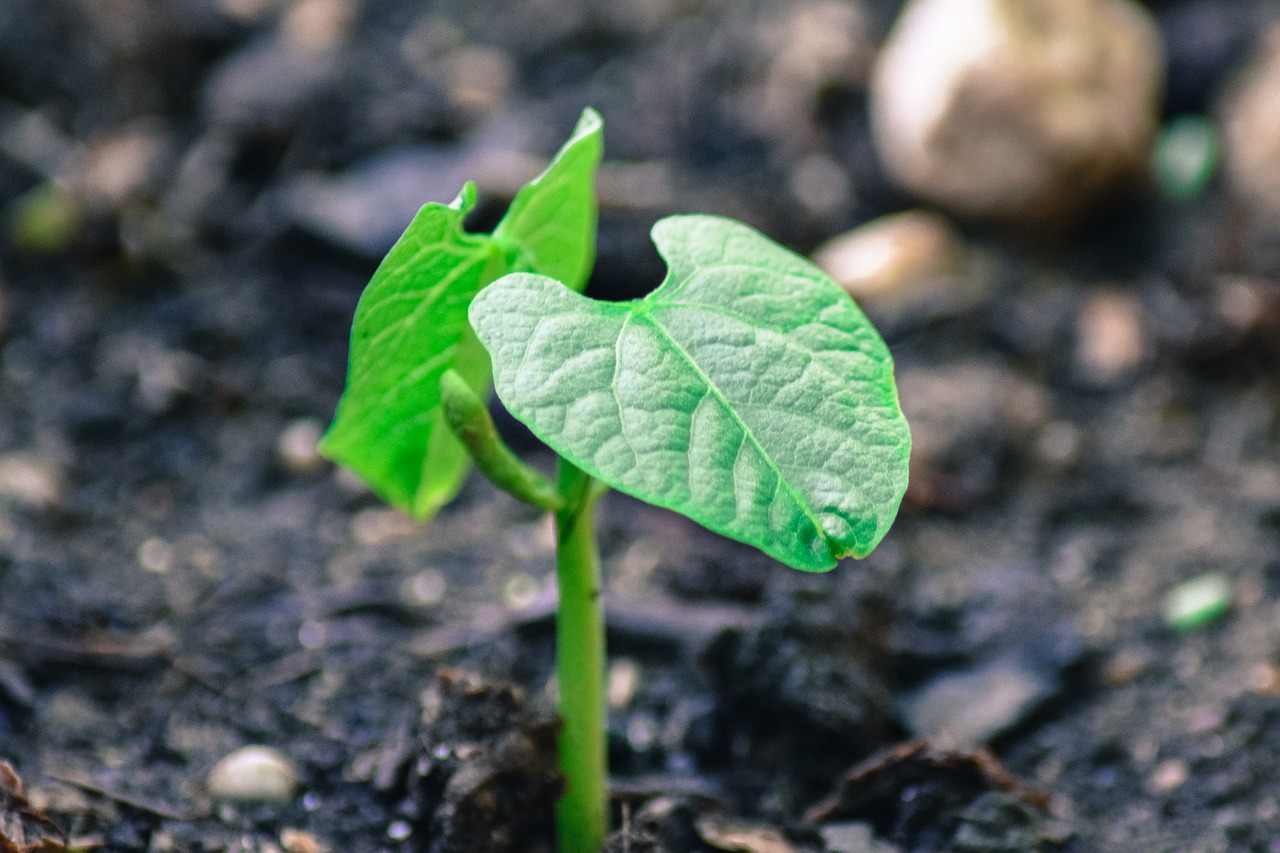
Warm conditions above 13 degrees will keep your green beans flourishing. Choose a sunny spot and plant about four inches apart and one inch deep. If you plant several times a few weeks apart, you can harvest the beans throughout the late summer and into the fall. The first beans will be ready in eight weeks.
Parsnips
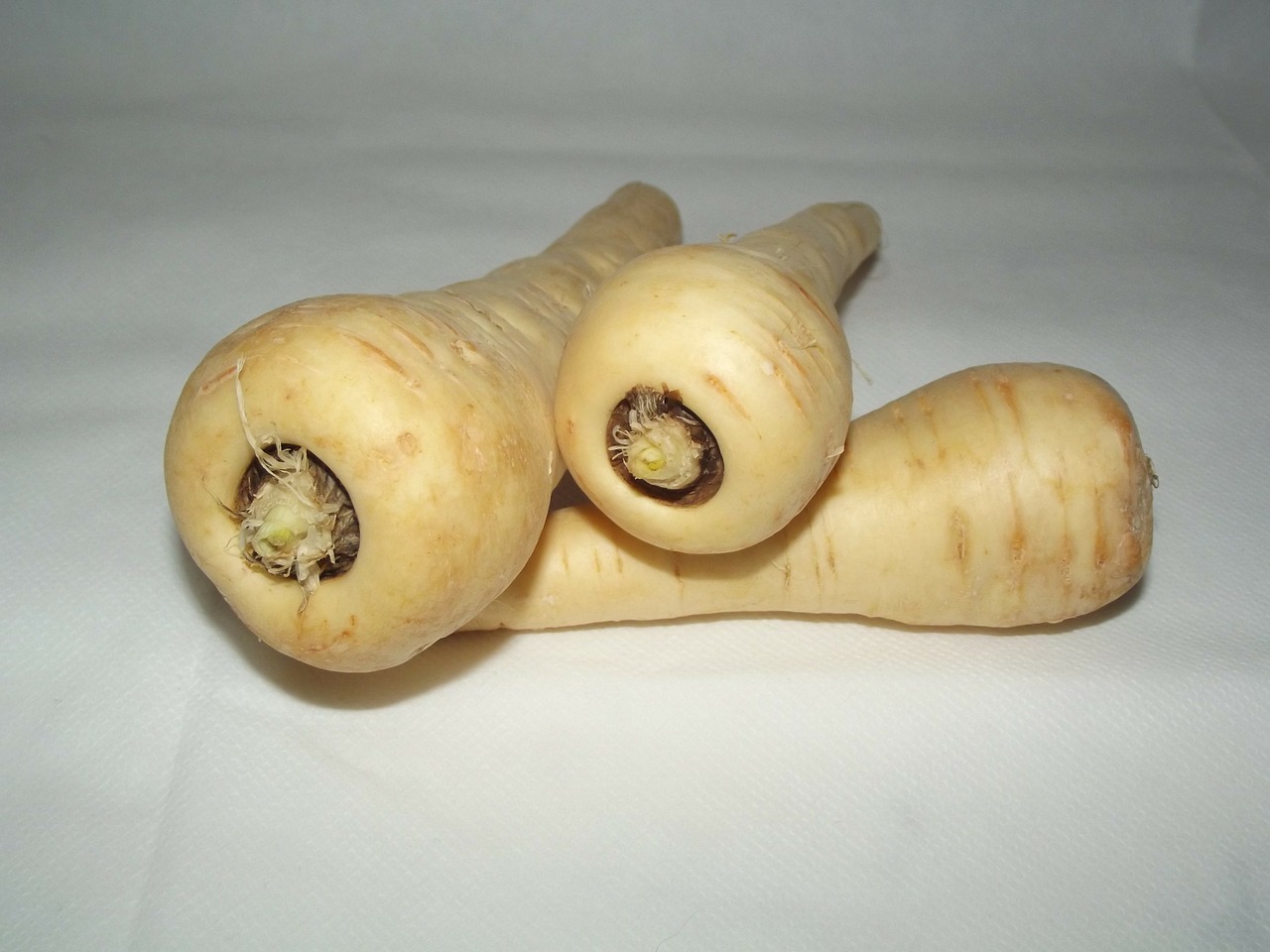
This vegetable takes its time growing and ripening. Planted in the mid to late spring, it won’t be ready to harvest until fall after sowing expects the emergence of the sprouts in about three weeks. The “Gladiator” variety are the easiest to grow.
Pumpkins
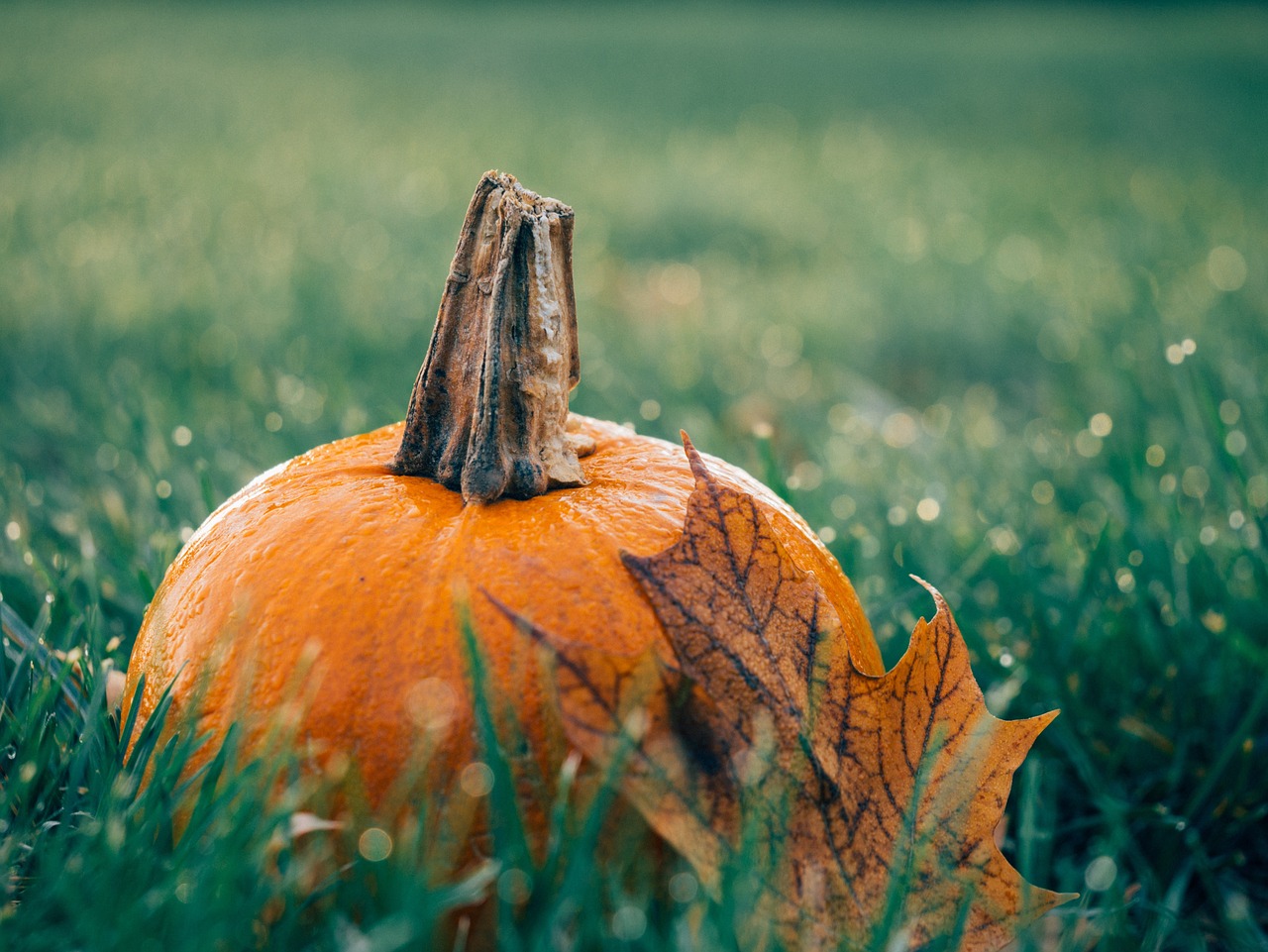
Pumpkins need lots of love (a bit of fertiliser and plenty of water help too). Planted in late spring, the pumpkins will be ready to harvest just before the frosty fall mornings arrive—right on schedule for Halloween.
Red cabbage
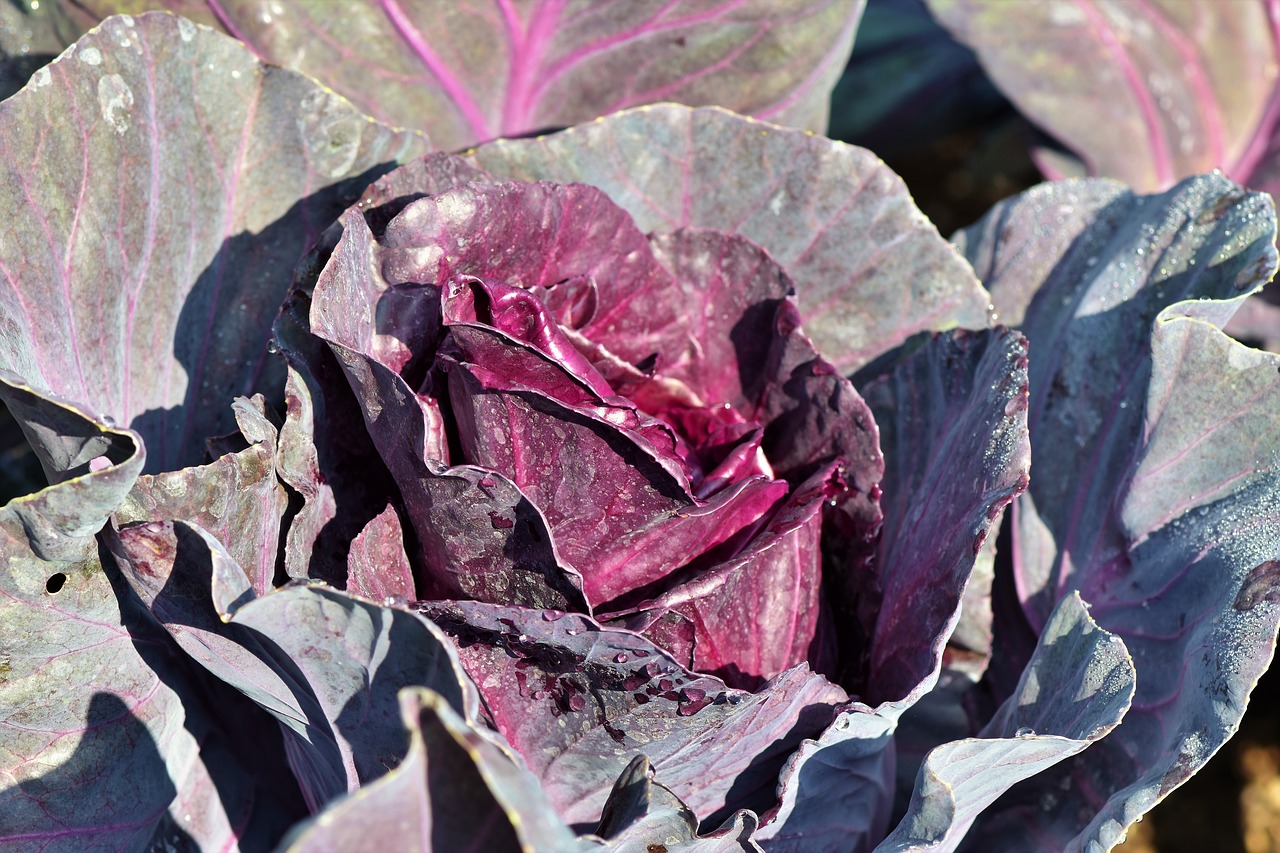
Make sure you provide the growing plants with sufficient humus and fertilizer. Like broccoli, they also need lime to keep the pH at six or above in the soil. They’re ready to harvest in ten weeks to three months.
Red salad (Bermuda) onions
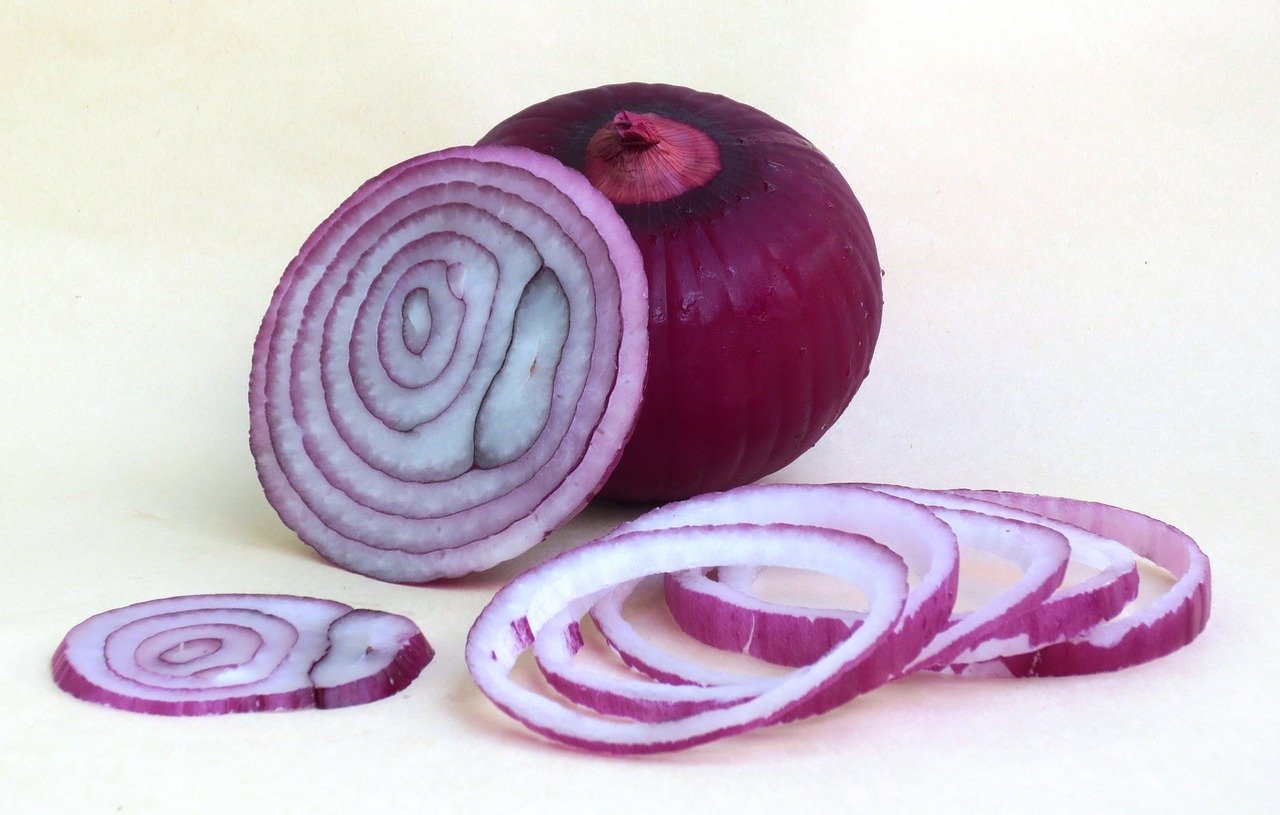
Sweet, mild, and perfect for summer salads or as slices on hamburger sandwiches! A general fertiliser is sufficient. Harvest them when the tops fall, and then dry the bulbs in the sun or a shed for about a week, and then snip their tops.
Scallions (shallots)
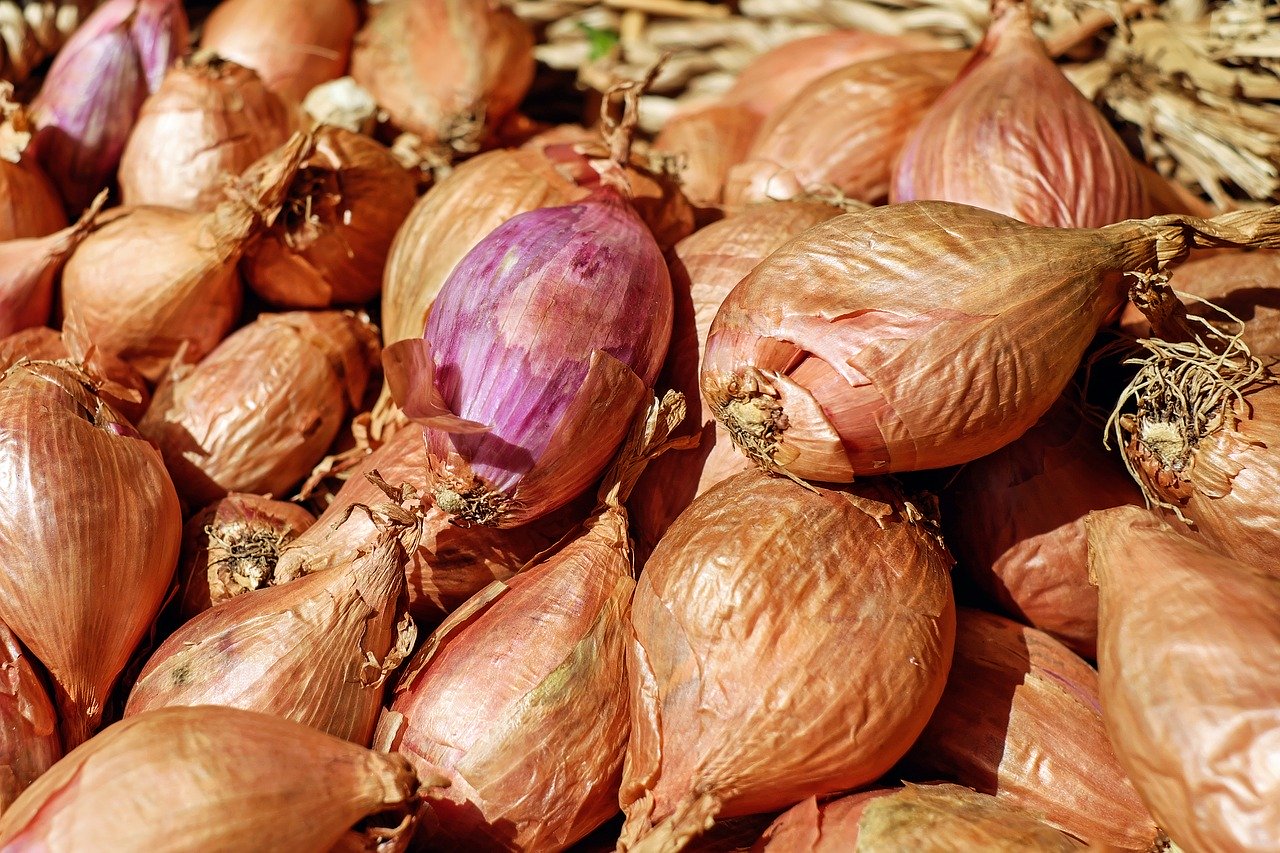
Although easily grown, the germination period for scallions can take two to three weeks. It’s important to provide sufficient water to the seedlings for at least a week after germination. Harvest them about two months after planting.
Summer squash
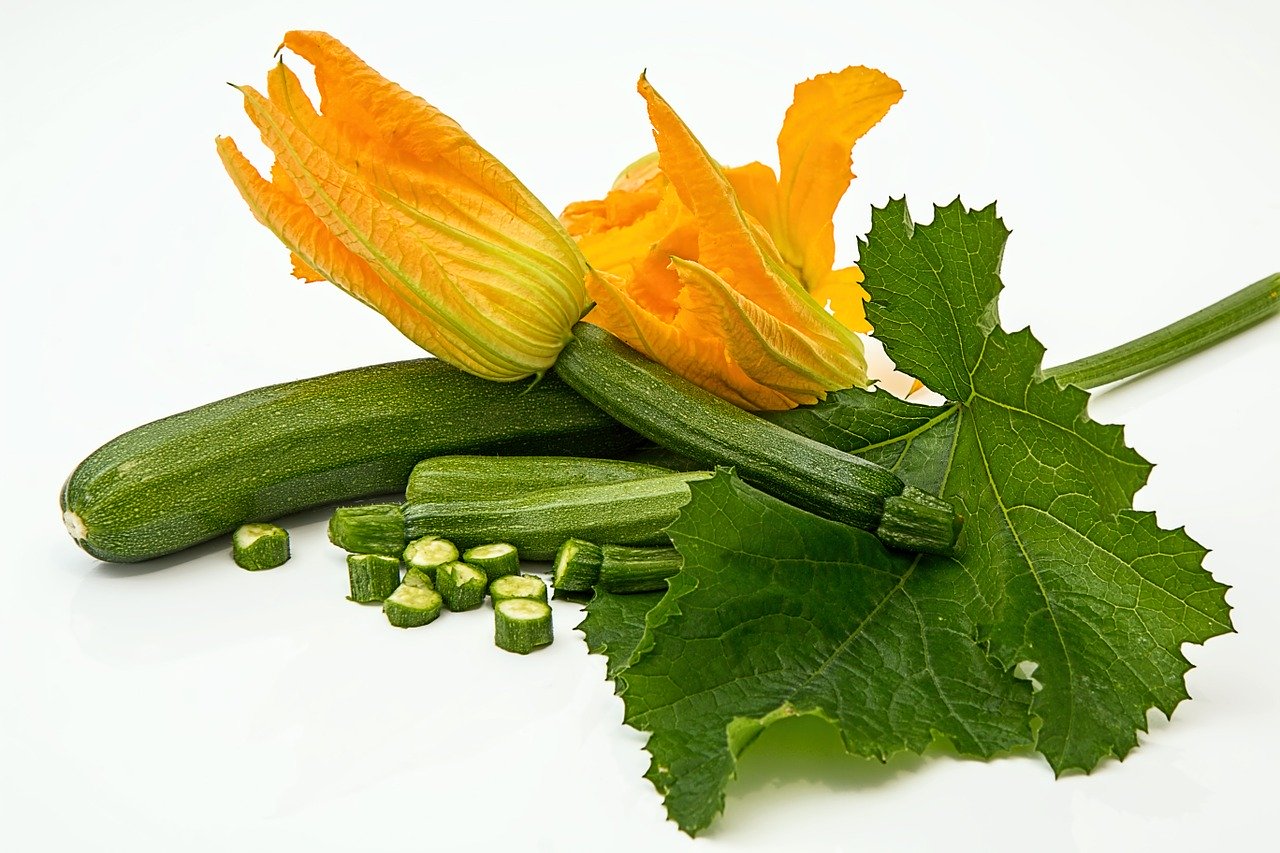
Almost anywhere you throw the seeds, they will grow; squash is one of the easiest vegetables to cultivate in the world. Squash comes in many different varieties, and summer squash has many sub-varieties, among them zucchini. If you pick squash frequently, it won’t grow too large and tough, and it will keep producing.
Sweet corn
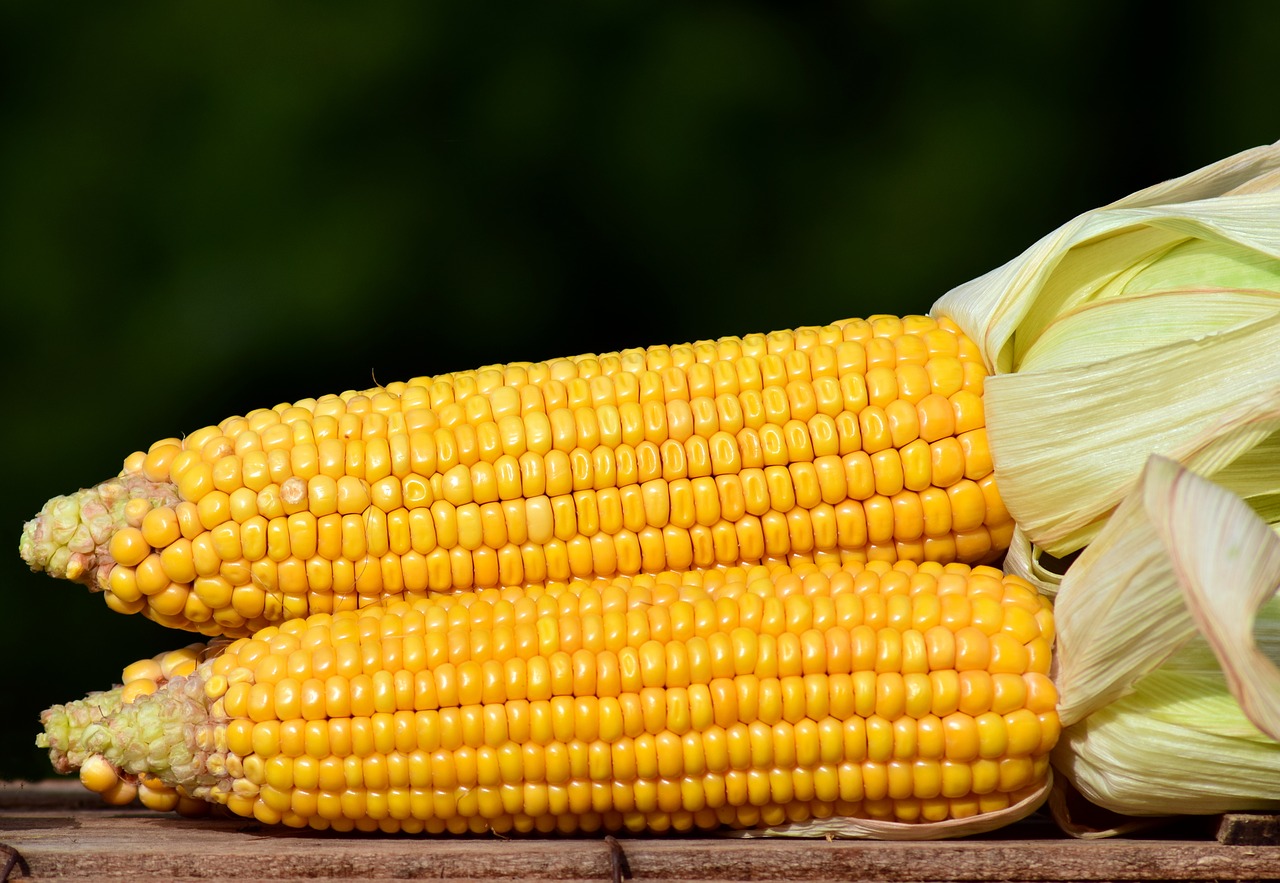
A warm-weather crop, make sure your corn is planted in soil with a temperature above 65 degrees. Corn needs plenty of water and nutrition. It’s a good idea to mix a general fertilizer into the soil about a week before sowing. Mulching the warm soil is also helpful in retaining the soil’s moisture. If there hasn’t been much rain, make sure you soak the sweet corn at least once a week.
Tomatoes
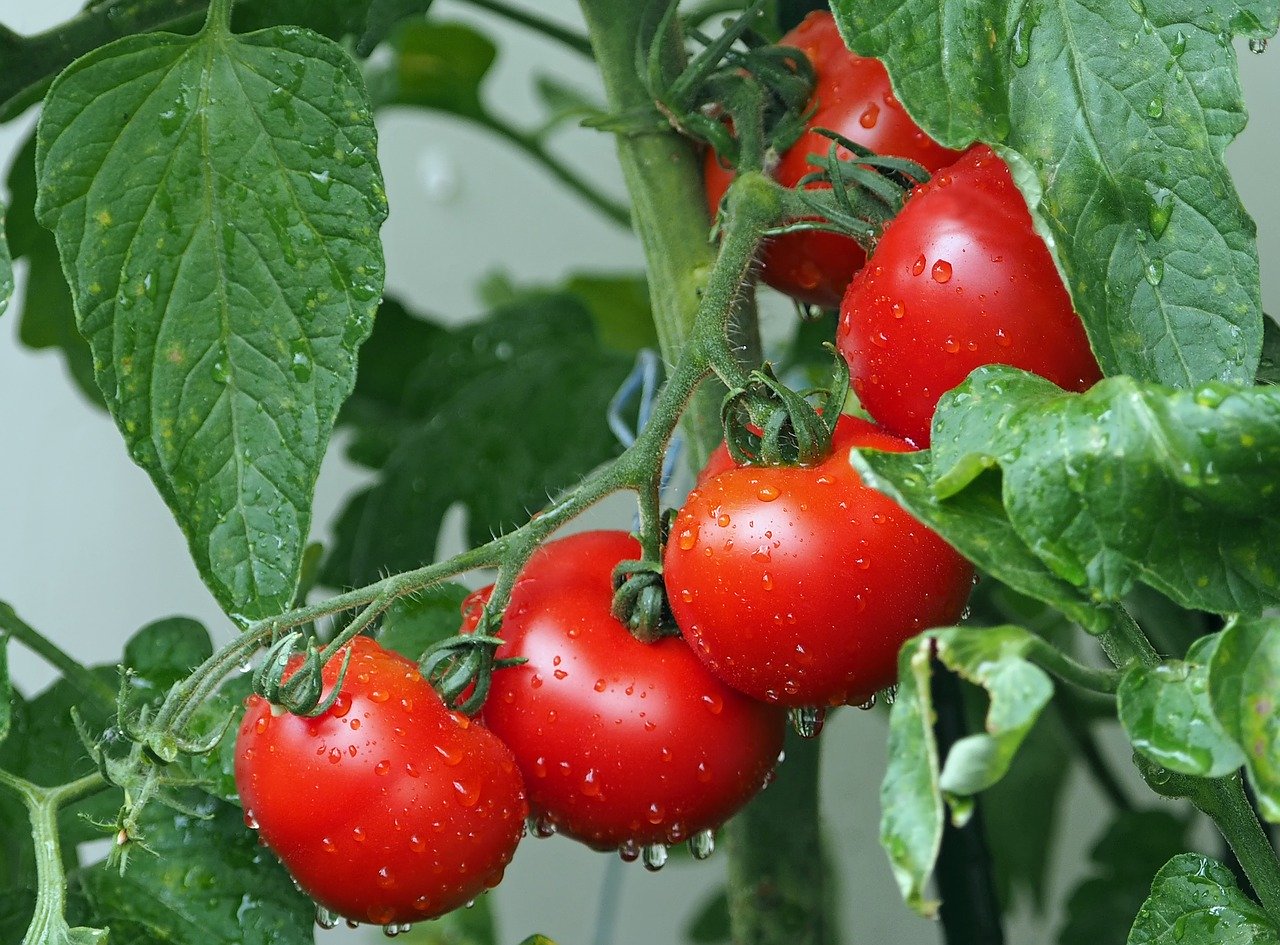
Few foods are better tasting than sun-ripened tomatoes. Disease and tomato worms (fat green caterpillars) are the two major cultivation challenges. Tomatoes grow on vines, so they must be staked. Never allow any tomatoes to grow close to the ground. Disease resistant and fast-maturing hybrids are available.
Plan your garden before planting your garden!
Are you planning to have a small plot or a large one? What type of vegetables do you want to grow? If some need more water, lime, or fertiliser than others, make sure you keep that in mind when you layout your crops.
Insects are always a consideration, as well. A little advance planning can help. Many times bugs are confused by too many varieties of plants. If you position various types of flowers in the midst of your vegetable garden, many bugs will be kept at bay—especially the flying ones—because they target vegetables by sight or smell.
Flowers in the midst of your vegetable garden will confuse them as they usually seek out the same crop covering a large area.
If you are unsure about growing each of the vegetables from seeds, you could always purchase vegetable plants from suppliers
Enjoying nature’s bounty from your very own garden always adds an extra-special touch to your family’s meals. And each delicious bite will bring you the satisfaction of a job well done!
